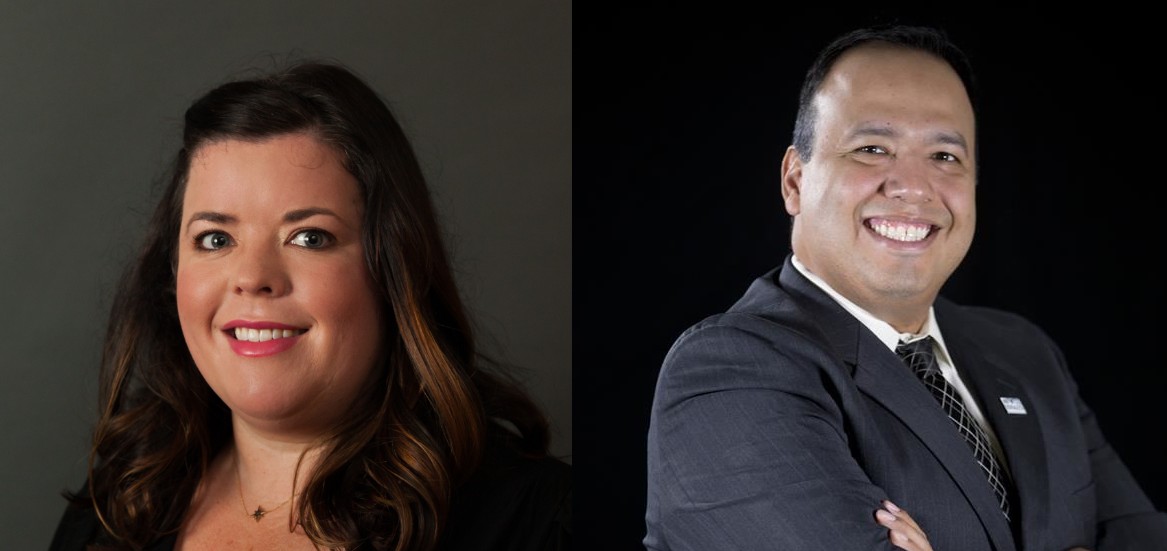Through innovation, organizations can adapt and improve their operations, but in large, complex school districts, who actually defines and pushes innovative efforts forward?
School districts across the country are increasingly appointing a Chief Innovation Officer (CIO) or similar role to drive transformation in their school systems. What do these leaders actually do? What should superintendents consider before adding a CIO to their leadership team?
In order to answer these questions, I reached out to Margo Roen, the Principal of Innovative Systems & Schools at Education First, and David Saenz, Senior Officer in Fort Worth (TX) Independent School District’s Office of Innovation and Transformation. (Fort Worth Independent School District is part of Texas’ System of Great Schools Network, which Margo supports, and is a current Bellwether client.)

This conversation has been edited for clarity and length.
What is a Chief Innovation Officer? What are the main responsibilities and skills?
Margo Roen: CIOs (or comparable roles) are fundamentally focused on creating more high-quality, best-fit schools for the students they serve, but this can look really different across districts depending on local needs.
CIO’s typically: 1) oversee an annual cycle for using data to assess their district’s strengths and gaps; 2) actively look for options to fill those gaps through internal capacity-building or external partnerships; and 3) formalize these strategic partnerships through performance contracts that clearly lay out expectations, autonomies, and supports for partners.
David Saenz: The work of a CIO is all about change management. They need the ability to manage various projects at once while also being able to communicate effectively with internal and external partners and stakeholders. A CIO needs to have a working knowledge of most of the major areas of a school district: school management, school finance, personnel management, operations, and grant development.
A diverse array of districts have created CIO roles in the last decade or so. How has the role evolved, if at all, since then?
MR: There’s still not one prototype for the role, but I believe districts have clearer goals for innovation, understand how innovation can help create new solutions and more equitable systems, and use a more focused process to surface innovation needs. The annual performance cycle — analyze the data, determine the current or future needs, create partnerships and launch schools and programs to meet those needs — is the driving force that keeps students at the center of all decisions CIOs and districts make about innovation.
I’ve seen the CIO role evolve to be more deeply rooted in both data and community needs. CIOs help districts make strategic decisions and support school leaders to innovate and try new things — with clear expectations — to better meet the diverse needs of their students. CIOs can also provide opportunities for parents and the school communities to share what they see as gaps in service, and propose new options they would be interested in seeing in their district.
David, what does a typical week look like for you? Who do you talk with?
DS: A typical week is centered around meeting with a wide range of stakeholders to help foster collaborative decision-making as we address gaps in our district. In addition to facilitating the work of the Office of Innovation, I meet with our district’s Innovation Action Team, a cross-functional team made up of key officials from the school leadership division, budget office, human capital office, and grants department. I meet regularly with advisors from the Texas Education Agency, technical assistance providers, and potential partners or funders. All of these partnerships help us to more comprehensively address challenges and develop innovations to create more high-quality programs and schools for families.
What supports do CIOs need to be successful? How do these supports differ based on the district, person, and context of the role?
DS: The key thing CIOs need to be successful is a district culture where innovation is embraced and change is accepted. This enables CIOs to push the limits of their district’s capacity and form new schemas for how we manage our schools.
The level of support needed depends on a CIO’s initial familiarity with the various functions of the district and the specific work of the innovation office. In my case, learning about charter school authorization practices was key, and I’ve heard the same from other CIOs in Texas. Almost all of us within my System of Great Schools cohort were new to charter authorizing, which allowed us to learn from each other and other support organizations.
Why would a superintendent want to add a CIO role to their leadership team?
MR: Superintendents tend to wear so many hats: coaching coaches while also picking out curriculum for the entire district, “putting out fires” that come up at individual schools throughout the day, and so on. A CIO is someone who is solely focused on the big picture, who shepherds forward an annual cycle of proactive evaluation and planning, and wakes up and goes to sleep every day thinking about the range of options and quality in the district. Setting aside this role can ensure that the district acts strategically and allows new ideas to flourish.
Superintendents that do not have a Chief Innovation Officer, or similar role, should ask themselves if anyone in their district currently has that work as the only thing on their plate. And if not, they can ask themselves: Are district decisions opportunistic or strategic? Is the district reactive or proactive? Are big decisions inconsistent or do they follow a transparent process? Is the leadership team doing more of the same or really opening themselves up for new ideas?
This conversation was inspired by Eight Cities, Bellwether’s 2018 multimedia exploration of large, urban districts achieving significant academic improvements.
October 3, 2019
What Is a School District Chief Innovation Officer? A Q&A With Margo Roen and David Saenz
By Bellwether

Share this article